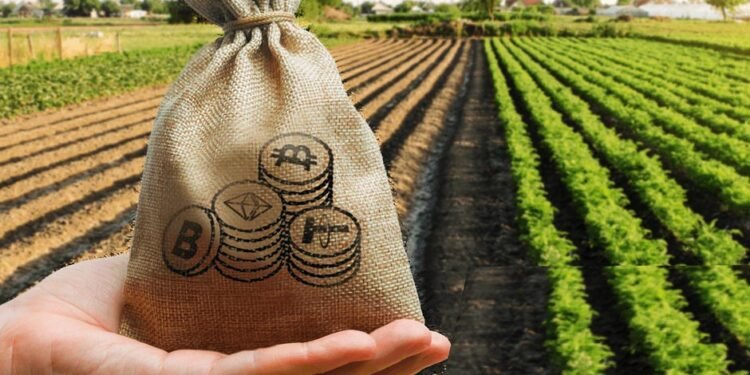Introduction
Yield farming, also known as liquidity mining, is a concept that has gained significant traction in the cryptocurrency space. It involves the process of staking or locking up cryptocurrencies in a DeFi protocol to earn rewards. These rewards can be in the form of additional tokens, trading fees, or other incentives offered by the protocol. This article explores the evolution of yield farming, its benefits and challenges, and its potential impact on the future of finance. For more information on how yield farming works and its potential benefits, click more info here.
Yield Farming Mechanics
Yield farming is made possible through smart contracts, which are self-executing contracts with the terms of the agreement between buyer and seller directly written into code. Users provide liquidity to a DeFi protocol by depositing their tokens into a liquidity pool. In return, they receive LP (liquidity provider) tokens, which represent their share of the pool. These LP tokens can then be staked in another protocol to earn additional rewards.
Yield farming relies on the concept of impermanent loss, which occurs when the value of the tokens in the liquidity pool changes relative to each other. This can happen when the price of one token increases or decreases significantly compared to the other token in the pair. Despite the impermanent loss, yield farming can still be profitable due to the rewards earned from the protocol.
Evolution of Yield Farming
Yield farming emerged as a way to bootstrap liquidity for new DeFi projects. In the early days, projects would offer high yields to attract liquidity providers. However, this led to unsustainable farming practices and “rug pulls,” where projects would exit scam, leaving users with significant losses.
Over time, yield farming has evolved to become more sustainable, with projects implementing strategies to mitigate risks for users. This includes the use of timelocks on smart contracts, audits by reputable firms, and community governance to ensure the long-term viability of the project.
Benefits and Opportunities
One of the main benefits of yield farming is the opportunity for investors to earn passive income on their crypto holdings. By providing liquidity to DeFi protocols, users can earn additional tokens, which can be sold or reinvested for further gains. Yield farming also provides an alternative to traditional banking, allowing users to earn higher yields on their assets compared to traditional savings accounts.
Additionally, yield farming can help bootstrap liquidity for new projects, enabling them to grow and expand their user base. This can be particularly beneficial for smaller projects that may struggle to attract liquidity through traditional means.
Challenges and Risks
Despite its potential benefits, yield farming also comes with significant risks. Impermanent loss can result in a loss of funds for liquidity providers, especially in volatile market conditions. Additionally, smart contract bugs and vulnerabilities can be exploited by malicious actors, leading to the loss of funds for users.
Regulatory uncertainty is another challenge facing yield farming, as regulators around the world grapple with how to classify and regulate DeFi protocols. This uncertainty can create legal risks for users and projects operating in the space.
Impact on Financial Systems
Yield farming has the potential to disrupt traditional banking and finance by providing an alternative way to earn yields on assets. By removing the need for intermediaries, yield farming can reduce costs and increase efficiency in the financial system. It also has the potential to democratize finance by providing access to financial services to underserved populations around the world.
Future Trends and Innovations
Looking ahead, the future of yield farming is likely to be shaped by ongoing innovations in the space. This includes the development of new farming strategies, such as algorithmic stablecoins and synthetic assets, which can provide additional opportunities for users to earn yields on their assets.
Additionally, the integration of yield farming with other DeFi protocols, such as decentralized exchanges and lending platforms, is likely to further drive adoption and growth in the space. Overall, yield farming is poised to play a significant role in shaping the future of finance in the crypto landscape.
Conclusion
Yield farming has emerged as a key component of the DeFi ecosystem, providing users with opportunities to earn passive income on their crypto holdings. While it comes with significant risks, such as impermanent loss and smart contract vulnerabilities, yield farming also offers benefits such as higher yields compared to traditional savings accounts. As the space continues to evolve, yield farming is likely to play an increasingly important role in reshaping the future of finance in the crypto landscape.












